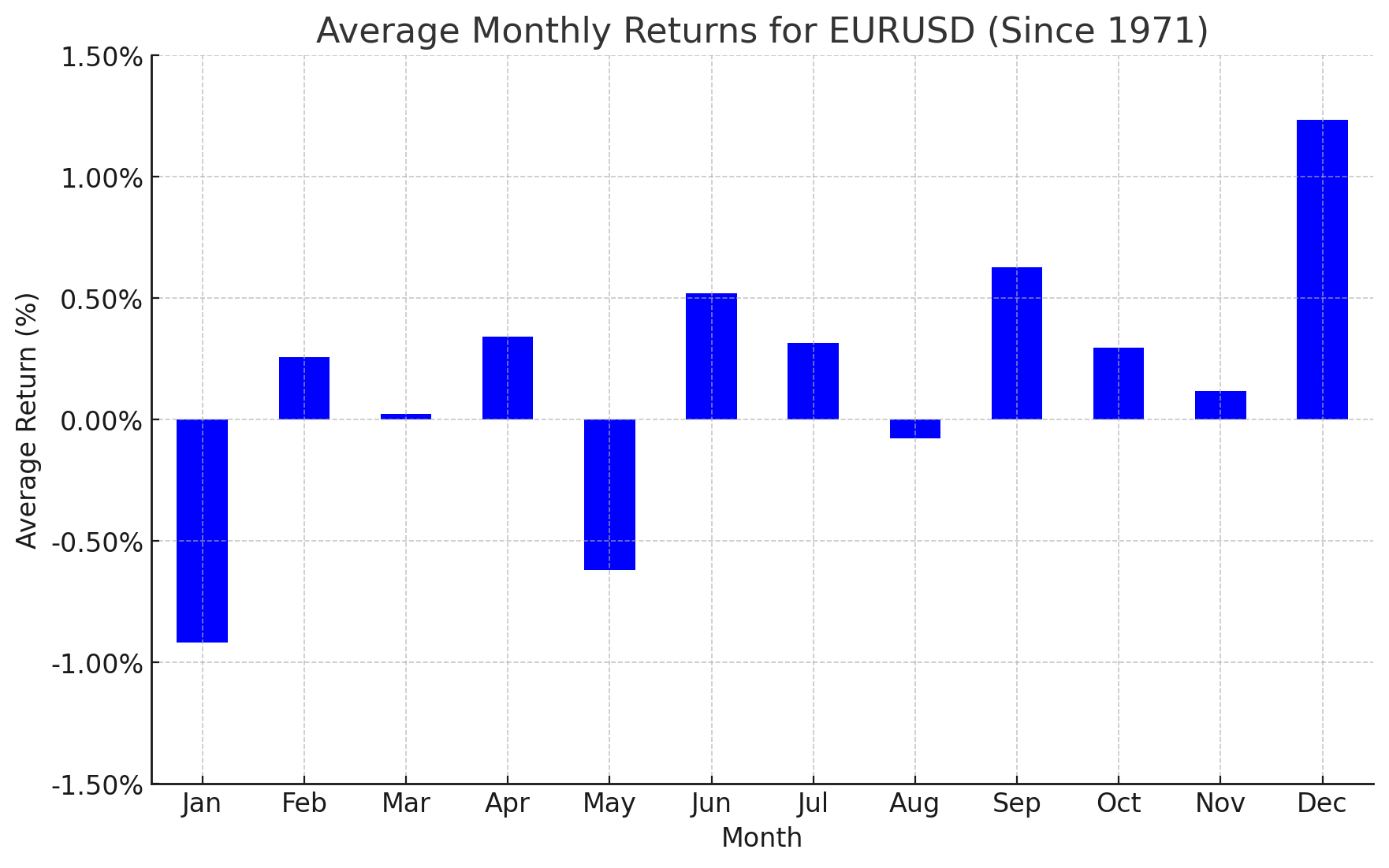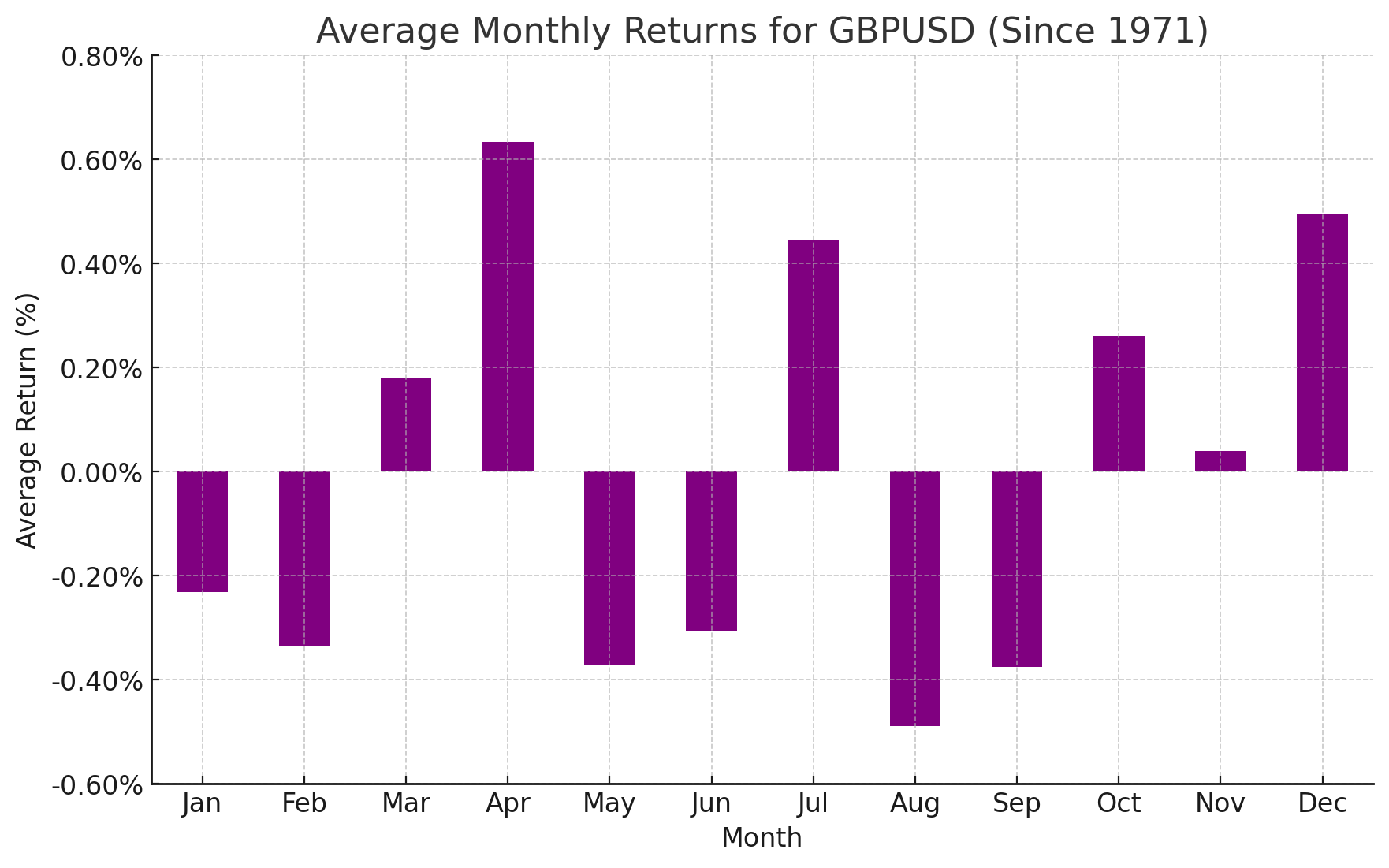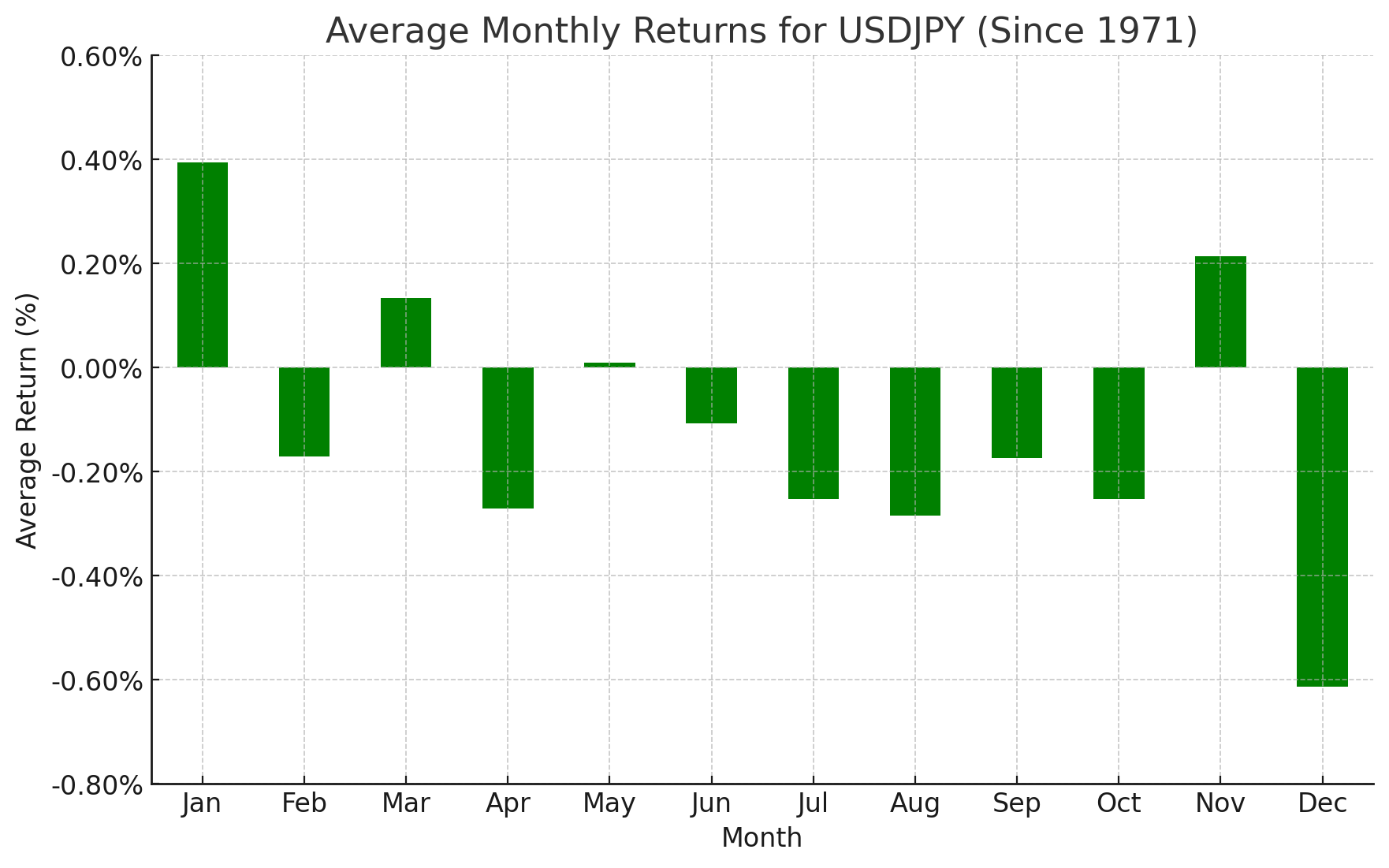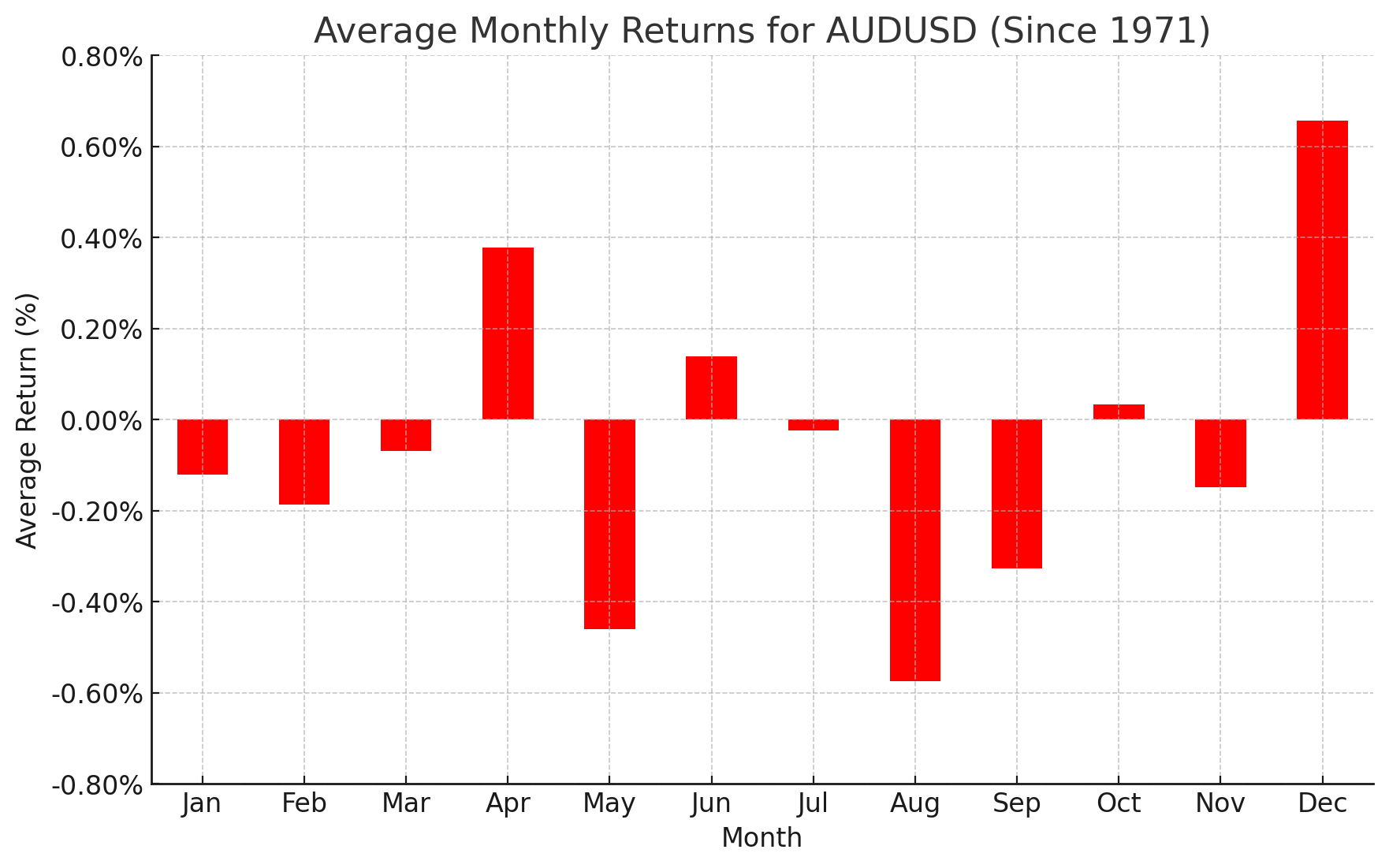Moody’s downgrades Senegal to Caa1 amid rising debt concerns
August has historically been the most bearish month for GBP/USD and AUD/USD going back to the Bretton Woods Agreement in 1971 - see the data!
August Forex Seasonality Key Points
- August has historically been the most bearish month for GBP/USD and AUD/USD, going back to the Bretton Woods Agreement in 1971.
- In contrast, USD/CAD has tended to gain ground in August over the last 50+ years.
- With at least an element of certainty over US trade policy emerging as we go to press, seasonal trends may be more likely to reassert themselves moving forward.
The beginning of a new month marks a good opportunity to review the seasonal patterns that have influenced the forex market over the 50+ years since the Bretton Woods system was dismantled in 1971, ushering in the modern foreign exchange market.
As always, these seasonal tendencies are just historical averages, and any individual month or year may vary from the historic average, so it’s important to complement these seasonal leans with alternative forms of analysis to create a long-term successful trading strategy. In other words, past performance is not necessarily indicative of future results.
Euro Forex Seasonality – EUR/USD Chart
Source: TradingView, StoneX. Please note that past performance is not necessarily indicative of future results.
Historically, August has been a relatively neutral month for EUR/USD, with the world’s most widely-traded currency pair sporting an average return of -0.08% over the last 50+ years. In July, EUR/USD bucked its bullish seasonal trend, falling nearly 3% to reverse most of its June gains. After two months with higher-than-typical volatility (and four of the last five), a more consolidative month through the proverbial “dog days of summer” may be on the cards.
British Pound Forex Seasonality – GBP/USD Chart
Source: TradingView, StoneX. Please note that past performance is not necessarily indicative of future results.
Looking at the above chart, GBP/USD has, on average, seen its worst month of the year in August, with average returns of around -0.49% since 1971. Like the euro, the British pound traded sharply lower in July amidst broad-based US dollar strength, not surprisingly after a run of five straight “up” months. If we do see cable follow its bearish historic tendency, the next level of support to watch will be the 38.2% Fibonacci retracement of the H1 rally near 1.3150.
Japanese Yen Forex Seasonality – USD/JPY Chart
Source: TradingView, StoneX. Please note that past performance is not necessarily indicative of future results.
August has historically been a modestly bearish month for USD/JPY, with the pair falling by an average of -0.28% since the Bretton Woods agreement. Contrary to its long-term seasonal trend, USD/JPY rallied back toward 150.00 in July. The key resistance zone to watch for technically-minded traders this month will be the confluence of the 200-day moving average and 50% Fibonacci retracement in the 149.50-150.00 area.
Australian Dollar Forex Seasonality – AUD/USD Chart
Source: TradingView, StoneX. Please note that past performance is not necessarily indicative of future results.
Turning our attention Down Under, AUD/USD has historically seen its worst monthly performance in August, with an average drop of -0.57% going back to 1971. Last month, the Aussie fell against the greenback, essentially finishing where it ended in June in the 0.64s. Moving forward, AUD/USD’s year-to-date uptrend is in doubt, with the 200-day MA near 0.6400 representing a key “line in the sand” for longer-term trend traders.
Canadian Dollar Forex Seasonality – USD/CAD Chart
Source: TradingView, StoneX. Please note that past performance is not necessarily indicative of future results.
Last but not least, August has been a modestly positive month for USD/CAD, with an average historical return of +0.16%. The US dollar ticked higher against its Northern rival last month, and put in a series of “higher lows” on the daily chart, hinting at a possible mid-year reversal back to the topside as long as support in the mid-1.3600s continues to put a floor under rates.
As always, we want to close this article by reminding readers that seasonal tendencies are not gospel – even if they’ve tracked relatively closely so far this year – so it’s important to complement this analysis with an examination of the current fundamental and technical backdrops for the major currency pairs.
